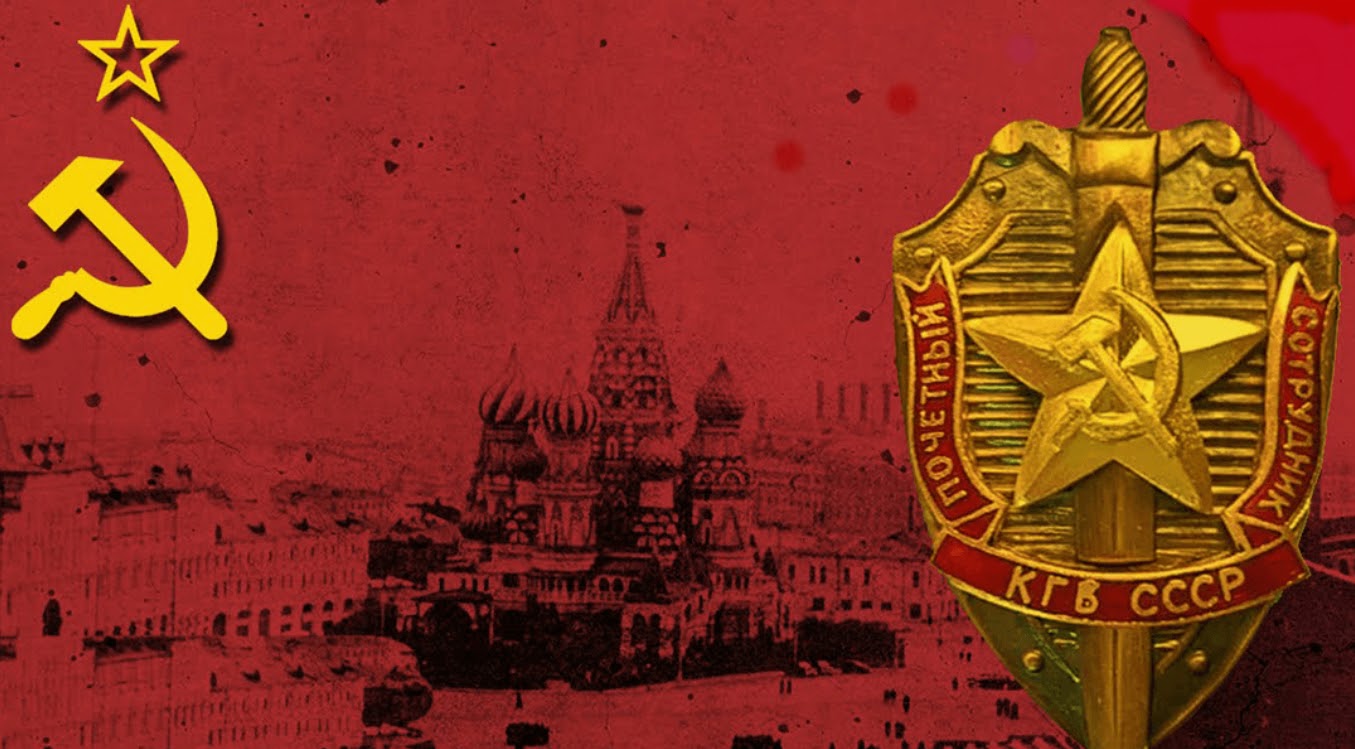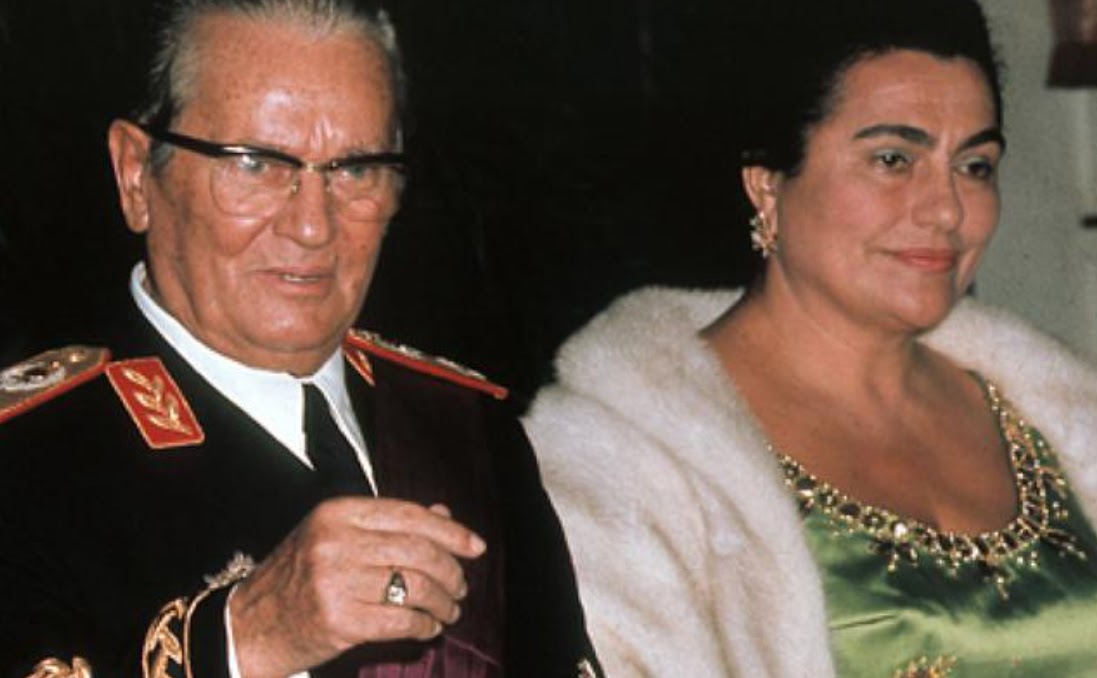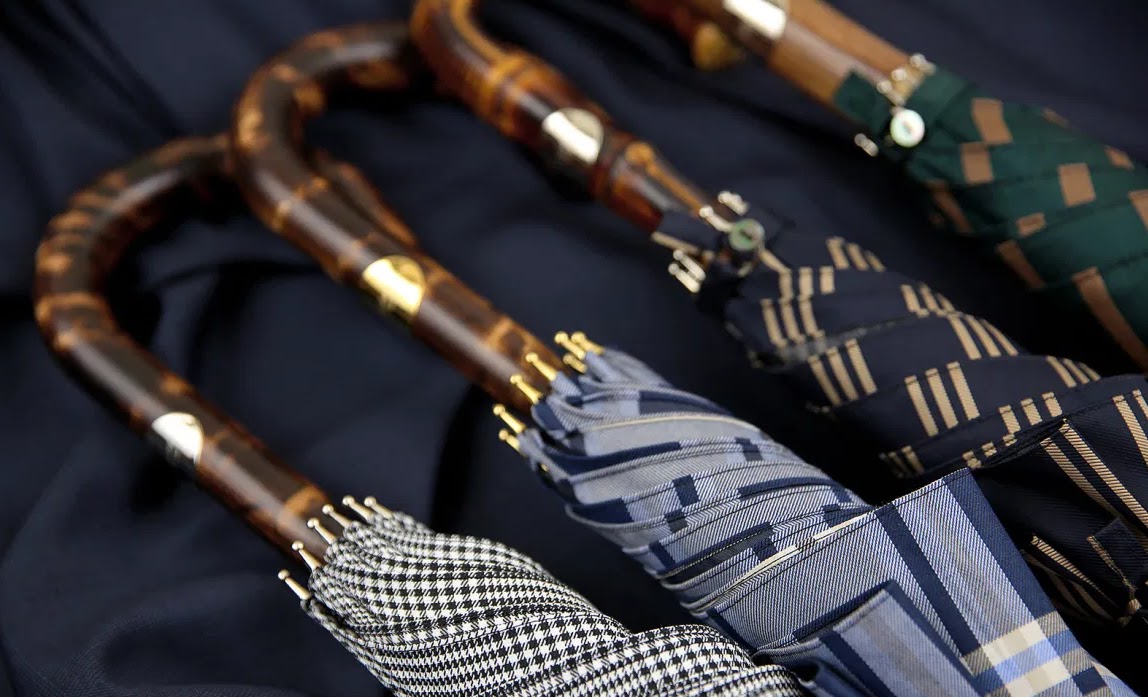The 13th Department: The KGB’s Top-Secret Assassination Unit
Moscow’s long history with the dark arts includes suspected assassination attempts known internally as ‘executive action’ or ‘liquid affairs’. Those who have fallen victim form a very long list, according to a declassified CIA study - including, even, the co-founder of the Soviet state, Leon Trotsky.
A KGB-era unit known as the 13th Department (and later Department V) was formed in the 1950s and tasked with eliminating Soviet threats, but the ‘executive actions’ began long before the creation of the KGB and the 13th Department. The Soviet ‘Directorate of Special Tasks’ was reportedly formed within the Interior Ministry in 1936 for terrorism purposes. A decade later ‘Spets Byuro #1’ supported and direct partisan activities behind enemy lines and engaged in sabotage and violent activities.

The 13th Department employed up to 60 staff at its Moscow HQ in the 1960s, with satellite units operating at various times in East Germany, China, and Austria. According to the CIA, their targets were USSR citizens, Soviet emigrés, and foreign nationals. Their weapons of choice included chemical spray guns that induced heart attacks, strychnine-laced chocolates, and miniature guns disguised as cigarette cases.
"Many known or suspected executive action cases in the post-war period have involved the use of poison rather than guns or explosives,” the CIA noted in a 1975 briefing. “It is conceivable that the Soviets tend to favor poisons because murders can be accomplished more surreptitiously in this manner and in some instances without leaving easily recognizable traces of foul play.”
Here are 10 of the 13th Department's suspected plots:

Lev Rebet
When KGB assassin Bogdan Stashinsky defected to the West he confessed to two sensational murders that seemed to be ripped from the pages of a spy novel.
Former Ukrainian government leader Lev Rebet was an anti-communist émigré newspaper editor living in Munich when he appeared to die from a heart attack in 1957. Stashinsky later confessed, however, that he’d ambushed Rebet in his Munich office building using a top-secret spray gun that fired cyanide.

Stepan Bandera
In a second, equally shocking murder, Stashinsky said he used a similar type of spray gun to kill Ukrainian resistance leader Stepan Bandera in 1959. Bandera collapsed on a Munich street. The cause of death was eventually ruled as poisoning by cyanide gas.
Stashinsky defected to West Berlin and confessed all to Western authorities, explaining that the KGB threatened to arrest his family if he did not to kill for the Soviet Union.
He also described two laboratories associated with the 13th Department - one produced special weapons and explosives; the other developed poisons and drugs for ‘special tasks’. Despite cooperating with the authorities, Stashinsky was sentenced to eight years in prison. In 1966, he was released on parole, however, and reportedly handed over to the CIA.

US President John F. Kennedy
There are dozens of conspiracy theories around US President John F. Kennedy’s shooting on November 22, 1963, including at least one involving the Soviet Union. Lee Harvey Oswald, a former US Marine charged with Kennedy’s assassination, had ties to the Soviets. Oswald defected to the USSR, married his Soviet wife Marina, and returned to the US in 1961. Declassified documents show Oswald visited the Soviet Embassy in Mexico City on September 28, 1963, and spoke to Valeriy Kostikov, identified as a member of the KGB ‘assassination department’. Kostikov was a KGB officer involved in an operation evidently sponsored by the 13th Department, CIA documents show.
"The brand new social experience where you activate your gaming skills as you train like a spy."
- TimeOut
Take on thrilling, high-energy espionage challenges across different game zones.


John Wayne
America’s favorite cowboy John Wayne’s anti-communist comments apparently rattled Soviet dictator Joseph Stalin, according to the book John Wayne: The Man Behind the Myth. Stalin allegedly ordered The Duke’s murder in the 1950s but the news leaked to Hollywood director Orson Welles who warned Wayne. Author Michael Munn said he wasn’t clear what transpired, but heard the two men sent to harm Wayne stayed in the US and worked for the FBI rather than follow their KGB orders. Wayne, meanwhile, moved to a house with tighter security.
.jpg)
Radio Free Europe staff
In 1959, The New York Times reported an attempt to poison Radio Free Europe (RFE) staff by placing atropine in the cafeteria salt shakers. Atropine is a derivative of the deadly nightshade plant that can cause paralysis or death if taken in sufficient quantities It wasn't the first attempt to injure or kill RFE staff, director Erik Hazelhoff said. Workers at the Prague-based radio station had also been subjected to attempted kidnapping and nails had been strewn near their vehicles. During the Cold War, RFE was a CIA-funded broadcaster of anti-communist information to Soviet satellite states. The US Army blamed the salt poisoning on a Czechoslovak consular official. The Czechoslovak legation denied any involvement, however.

Josip Broz Tito
Fed up with Soviet assassination attempts, Yugoslavia’s former leader Josip Broz Tito wrote to Joseph Stalin in the late 1940s: “Stop sending people to kill me. We’ve already captured five of them, one of them with a bomb and another with a rifle… If you don’t stop sending killers I’ll send one to Moscow, and I won’t have to send another.” Stalin kept the letter in his desk for the rest of his life but the assassination attempts carried on: 22 different plots, by some accounts. Tito died in 1980, just days short of his 88th birthday. Foul play was not suspected.

Georgi Markov
Georgi Markov was a Bulgarian BBC journalist and dissident who defected to the West. He died after being jabbed in the thigh with a poison-tipped umbrella on a London street in 1978. Markov told a colleague that a man with a foreign accent had pushed the point of his umbrella into his leg, said “I’m sorry,’’ then disappeared into a taxi. Markov died three days later. A tiny metal pellet containing ricin was removed from Markov’s leg. The KGB or Bulgarian secret service are suspected of using an agent code-named Piccadilly but no one was ever charged.

Lisa Stein
Lisa Stein, an interviewer with an American radio station in West Germany, survived a Cold War attack. Stein - whose department had close ties to US military counterintelligence - was offered candy containing the poison scopolamine while having lunch with a contact. Her attacker apparently expected Stein to fall ill while walking back to her residence where she’d be ‘helped’ into a car that would appear to pass by chance. Stein did not feel the effects until she was near her apartment, however, at which point her neighbors came to her aid and she was hospitalized. An antidote was found after 48 hours and Stein recovered.

Georgi Okolovich
Georgi Okolovich led an emigré organization known as the People's Labor League and, in 1954, he was a KGB assassination target. Captain Nikolai Khokhlov was supposed to direct the murder but instead tipped off Okolovich in Frankfurt and defected. He brought with him two king-size leather cigarette cases which operated as cyanide guns, and a pistol - about four inches long and four inches tall - that fired three types of bullets. The lead ammunition disabled a target, the poisoned bullets were for use at close range, and the steel bullets could finish the job. All three devices were virtually silent.

Ignace Reiss
Former USSR state security officer Ignace Reiss was shot to death in 1937 near Lausanne, Switzerland. A few weeks earlier, he’d declared his defection in a letter addressed to Stalin. Reiss's body was found on a road, riddled with 15 bullets from a Soviet PPD-34 submachine gun. One of the suspected assassins was Soviet OGPU agent Gertrude Schildbach - Reiss was clutching a lock of her hair. The second suspect was Roland Abbiate, an officer of the People's Commissariat for Internal Affairs (NKVD) and later KGB officer. The pair left their hotel without their luggage, leaving behind a box of chocolates laced with strychnine poison.

Alexander Litvinenko
Has much changed since the Cold War? The late Russian spy Alexander Litvinenko was poisoned with radioactive polonium placed in his tea cup at a London hotel in 2006. A UK public inquiry concluded in 2016 that the operation was ‘probably’ approved by Nikolai Patrushev, then head of the Russian Federal Security Service, and Russian President Vladimir Putin. The Kremlin, however, described allegations of Russian involvement as nonsense used to damage the country’s image.
SPYSCAPE+

Join now to get True Spies episodes early and ad-free every week, plus subscriber-only Debriefs and Q&As to bring you closer to your favorite spies and stories from the show. You’ll also get our exclusive series The Razumov Files and The Great James Bond Car Robbery!


Gadgets & Gifts
Explore a world of secrets together. Navigate through interactive exhibits and missions to discover your spy roles.
Your Spy Skills
We all have valuable spy skills - your mission is to discover yours. See if you have what it takes to be a secret agent, with our authentic spy skills evaluation* developed by a former Head of Training at British Intelligence. It's FREE so share & compare with friends now!
* Find more information about the scientific methods behind the evaluation here.


Stay Connected
Follow us for the latest
TIKTOK
INSTAGRAM
X
FACEBOOK
YOUTUBE